SEALs vs MARCOS – Which Naval Special Forces Unit Is More Powerful?
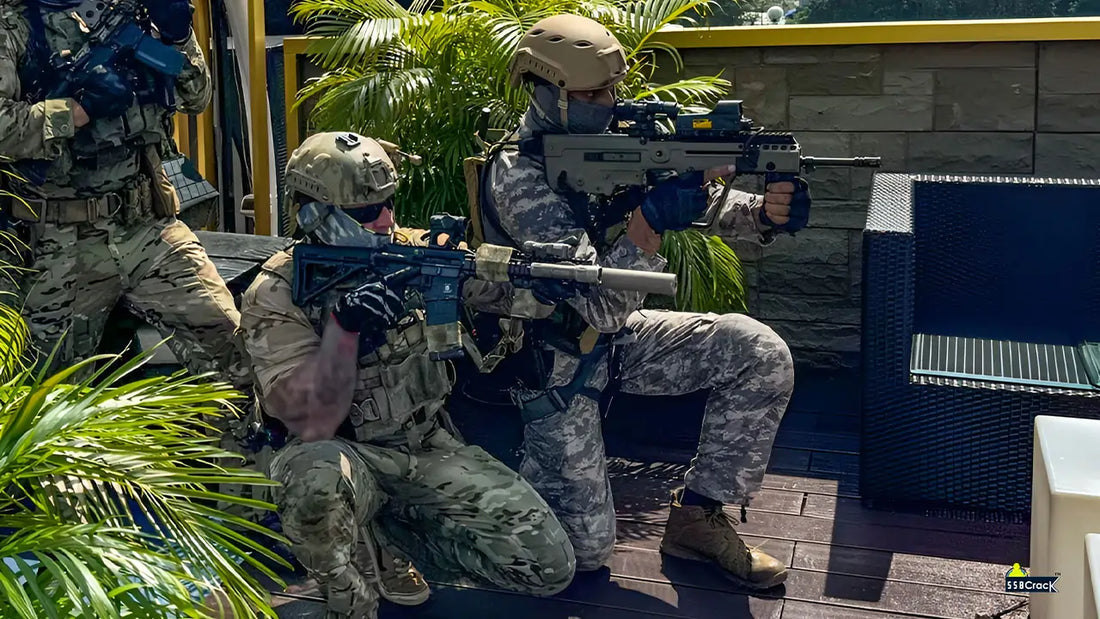
In the shadowy realms of special operations, where the line between land and sea blurs, two elite forces stand out for their mastery over maritime environments: the United States Navy SEALs and the Indian Navy's MARCOS. These units represent the pinnacle of naval special warfare, trained to execute missions that demand unparalleled skill, resilience, and precision.
This article delves into their histories, training regimens, operational triumphs, capabilities, equipment, and global standings to assess which might hold the upper hand in dominating the seas. Drawing from military analyses, historical records, and expert insights, we explore the nuances that define their prowess.
Historical Foundations: From WWII Frogmen to Modern Commandos
The US Navy SEALs trace their lineage to World War II, where Naval Combat Demolition Units (NCDUs) and Underwater Demolition Teams (UDTs) cleared beach obstacles during amphibious assaults, such as at Normandy and Iwo Jima. Officially established on January 1, 1962, under President Kennedy's directive for unconventional warfare, SEAL Teams One and Two were formed to operate in sea, air, and land domains.

Their evolution through the Korean War, Vietnam (where they earned the moniker "men with green faces" from the Vietcong), and subsequent conflicts like Grenada, Panama, and the Gulf Wars solidified their reputation. By 2018, 298 SEALs and UDT personnel had been killed in action or training, underscoring the high stakes of their maritime heritage.
In contrast, the Indian Navy MARCOS emerged in 1987 as the Indian Marine Special Force (IMSF), renamed MARCOS in 1991. Inspired by the SEALs and British Special Boat Service, it addressed gaps exposed during the 1971 Indo-Pakistani War. Initial training involved Indian officers collaborating with US SEALs in Coronado. MARCOS quickly proved their mettle in operations like capturing Jaffna harbor during Operation Pawan in Sri Lanka. Their growth reflects India's push for maritime security amid regional threats, with a focus on amphibious and counter-insurgency roles.
While SEALs boast a longer, more global history spanning over 80 years, MARCOS' rapid development in under four decades highlights India's adaptive military strategy.

Rigorous Training: Forging Warriors Through Hell and High Water
Both units' training is legendary for its brutality, designed to weed out all but the most resilient.
SEAL candidates face the Basic Underwater Demolition/SEAL (BUD/S) program in Coronado, California a 24-week ordeal with an 80% attrition rate. "Hell Week," a five-and-a-half-day marathon of constant activity with just four hours of sleep, tests physical and mental limits. Followed by 26 weeks of SEAL Qualification Training (SQT), it covers diving, land warfare, and airborne operations. Specialized roles add further training, like combat medic courses. As of recent updates, women can attempt the pipeline, though completion remains rare.
MARCOS selection begins with a three-day physical test eliminating 80% of applicants, followed by a "hell's week" and 7-8 months of intensive training at INS Abhimanyu in Mumbai. Unique elements include the "death crawl" an 800-meter mud slog with 25 kg gear after a 2.5 km obstacle course and precision shooting under exhaustion. All MARCOS are HALO/HAHO qualified, with training in counter-insurgency, jungle warfare, and urban combat. Joint sessions with US SEALs and British forces enhance their skills.
Comparisons note SEALs' training as more resource-intensive, while MARCOS' extends longer (up to three years total), emphasizing self-reliance. Attrition rates are similar, producing operatives of comparable caliber.

Operational Legacy: Missions That Shaped Maritime Security
SEALs' operations span continents, exemplifying global dominance. Notable missions include the 1989 Panama invasion (destroying Noriega's assets), the 1991 Gulf War oil platform captures, and Operation Neptune Spear (2011), where DEVGRU killed Osama bin Laden. In maritime contexts, they excelled in the 2009 Maersk Alabama pirate rescue and 2014 Morning Glory tanker seizure. Their riverine warfare in Vietnam and anti-ISIS efforts in Iraq highlight versatility.
MARCOS have focused on regional threats, with successes in Operation Cactus (1988 Maldives coup), anti-piracy in the Gulf of Aden (rescuing crews from vessels like MV Ruen in 2024), and counter-terrorism during the 2008 Mumbai attacks. They've supported UN missions in Somalia and operations in Jammu and Kashmir via rivers and lakes, using disguises like beards for infiltration.
SEALs' broader scope and higher-profile ops give them an edge in global maritime influence, but MARCOS' efficiency in the Indian Ocean rescuing over 100 hostages in recent years demonstrates regional mastery.

Maritime Capabilities: Dominating the Blue Domain
SEALs' maritime prowess includes hydrographic reconnaissance, VBSS (visit, board, search, seizure), and underwater insertions via SEAL Delivery Vehicles (SDVs). They operate from submarines, using rebreathers for stealth, as seen in Persian Gulf ops against Iranian minelayers.
MARCOS specialize in clandestine diving raids, submersible craft like the Cosmos CE-2F, and paradrops into water with rapid boat assembly. Their anti-piracy expertise, including 2024 ops with IAF C-17s and INS Kolkata, showcases integrated maritime dominance.
Both units ensure control over littorals, but SEALs' tech and scale tip the balance for worldwide sea control.
Equipment and Technology: Tools of the Trade
| Aspect | US Navy SEALs | Indian Navy MARCOS |
|---|---|---|
| Firearms | HK416, SIG Sauer pistols, sniper rifles | Tavor TAR-21, AK-203, MP5, Negev |
| Diving Gear | Closed-circuit rebreathers, SDVs | Open/closed circuit, Cosmos submarines |
| Insertion Vehicles | Mark V craft, RHIBs, drones | Speedboats, inflatable rafts, midget subs |
| Advanced Tech | Night-vision, satellite comms, UAVs | Integrated Combat System (ICS), Israeli imports |
| Budget Impact | High funding for upgrades | Mix of indigenous/imported, cost-effective |
SEALs' superior budget enables cutting-edge tools, while MARCOS adapt with reliable, versatile gear.
Joint Exercises and Collaborations
The units frequently train together, as in Exercise Sangam (2024), focusing on maritime interdiction and dive medicine. Such exchanges foster mutual respect, with SEALs praising MARCOS' skills.
Global Rankings and Expert Views
In international rankings, SEALs consistently top lists: #1 in "most lethal special ops" and #2 in "most dangerous forces." MARCOS rank #14 in similar assessments, noted for underwater warfare. Experts view SEALs as having a "slight edge" due to resources, but commend MARCOS' adaptability.
Conclusion: Who Dominates the Seas?
Ultimately, the US Navy SEALs appear to dominate the seas with their global reach, technological superiority, and extensive operational history. However, MARCOS' regional expertise and resilience make them indispensable guardians of the Indian Ocean. In a interconnected world, collaboration between such forces enhances overall maritime security, rather than pitting them against each other.



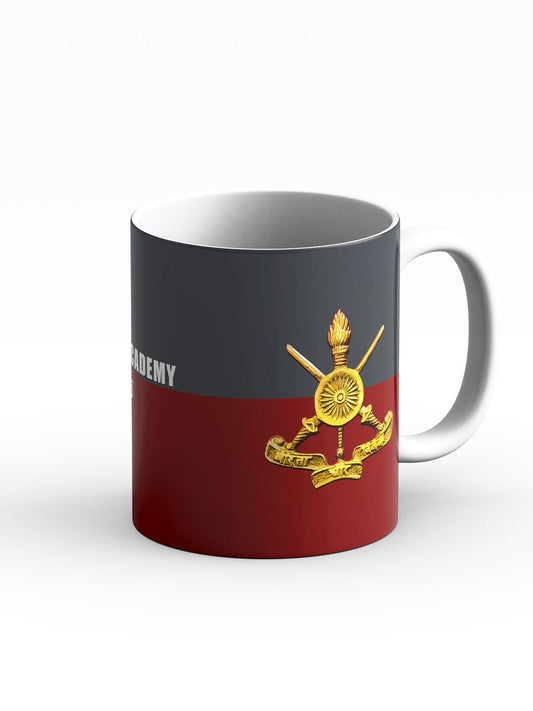
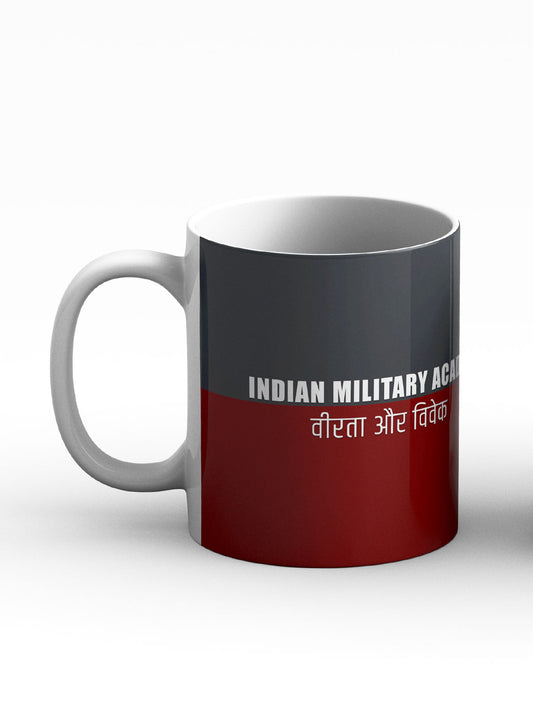
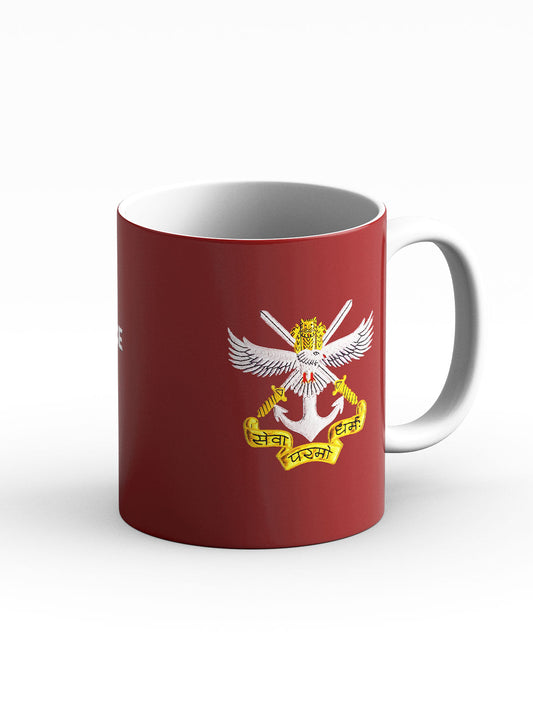
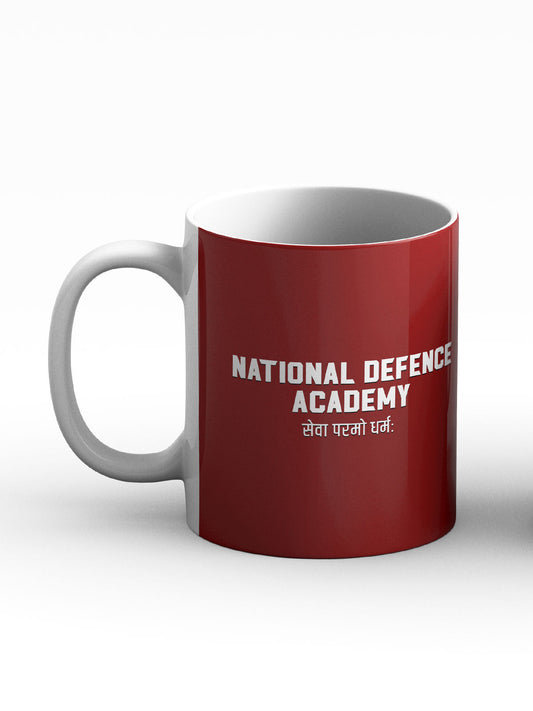
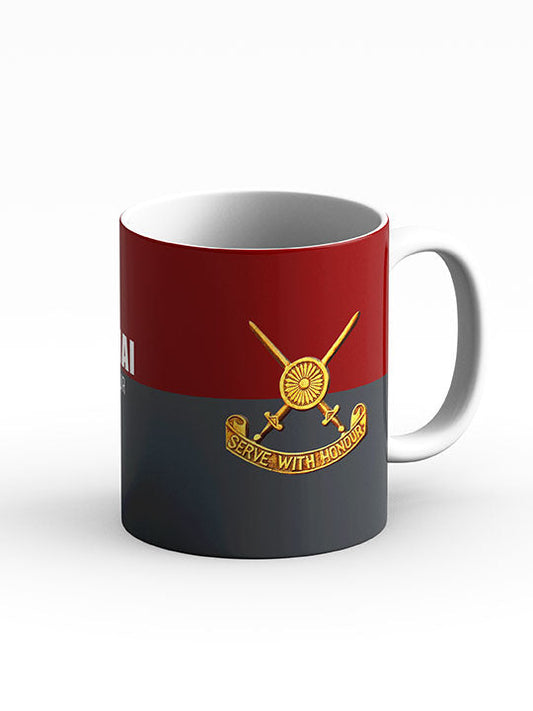
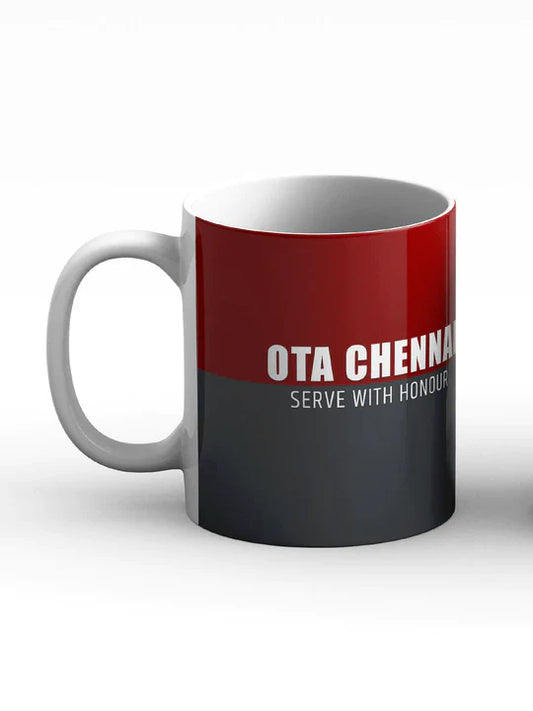
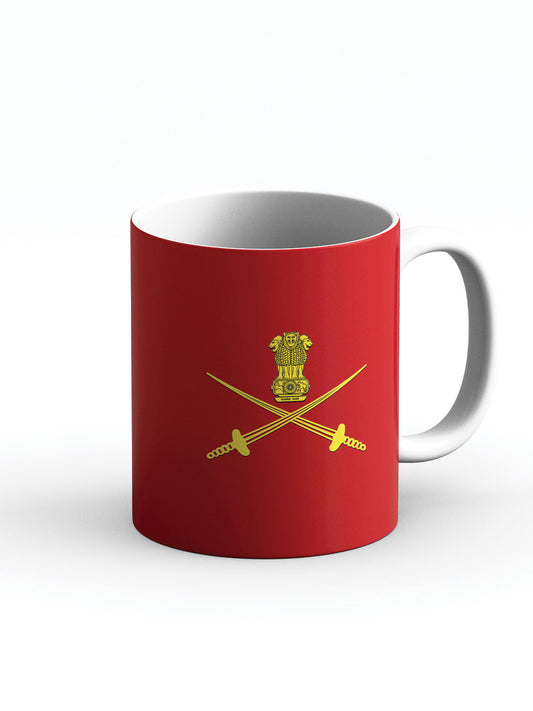
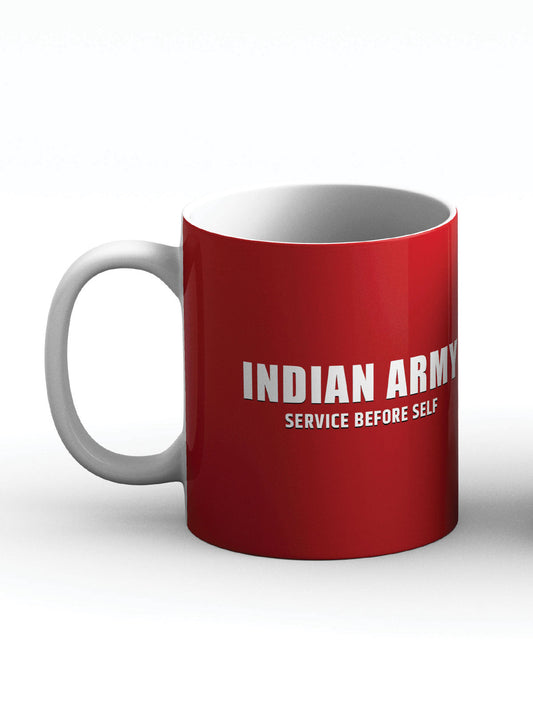
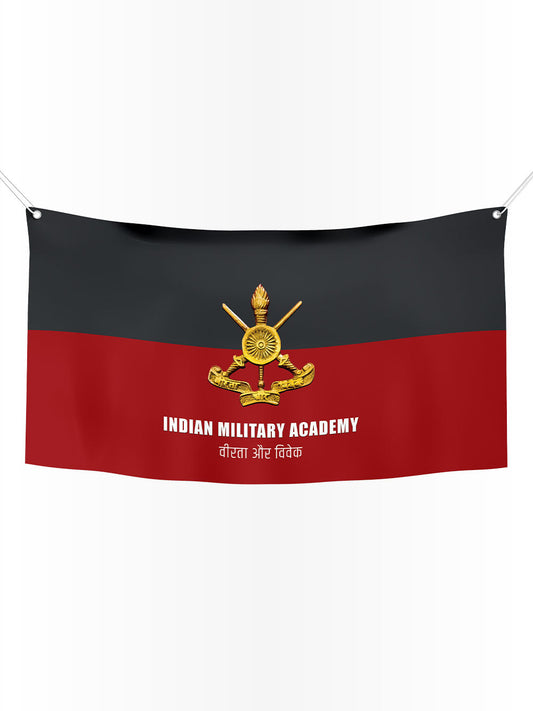
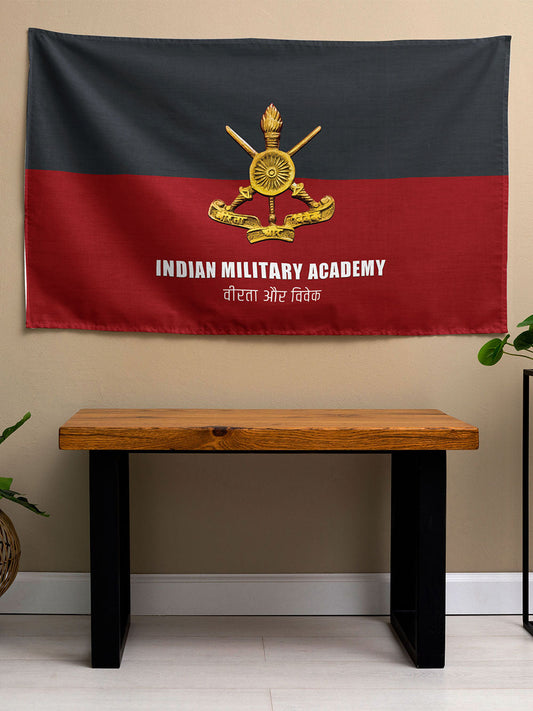
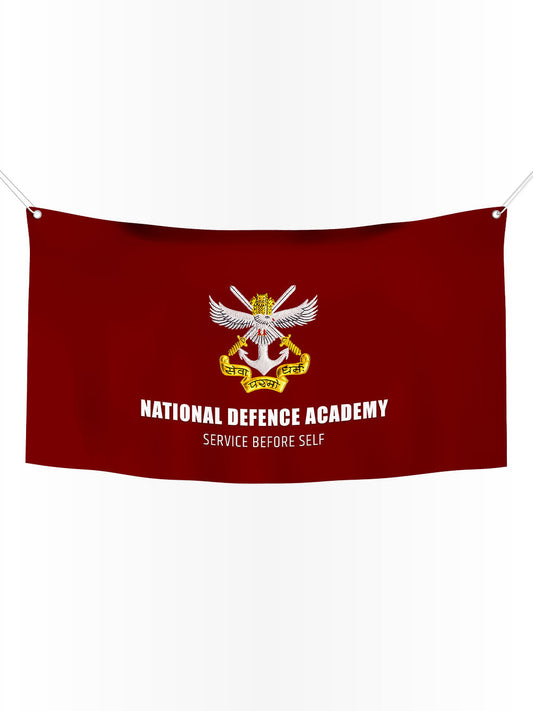
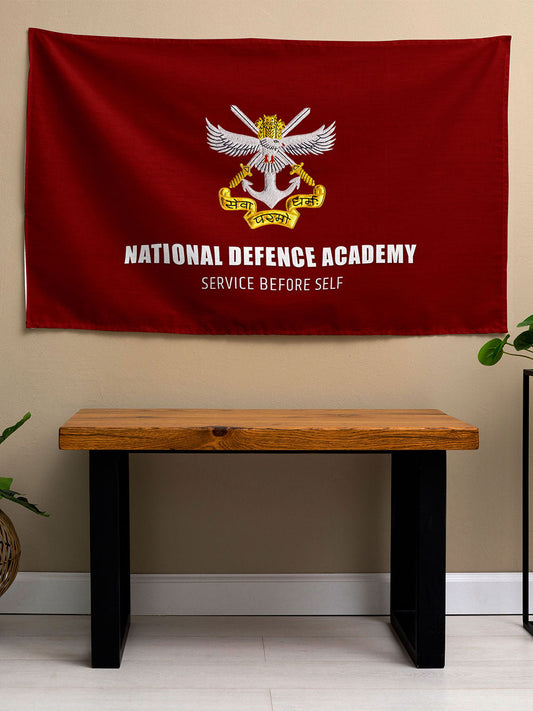
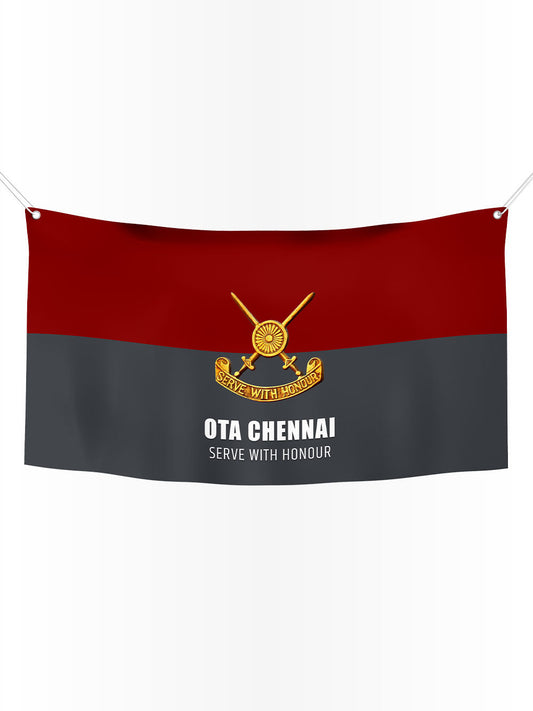
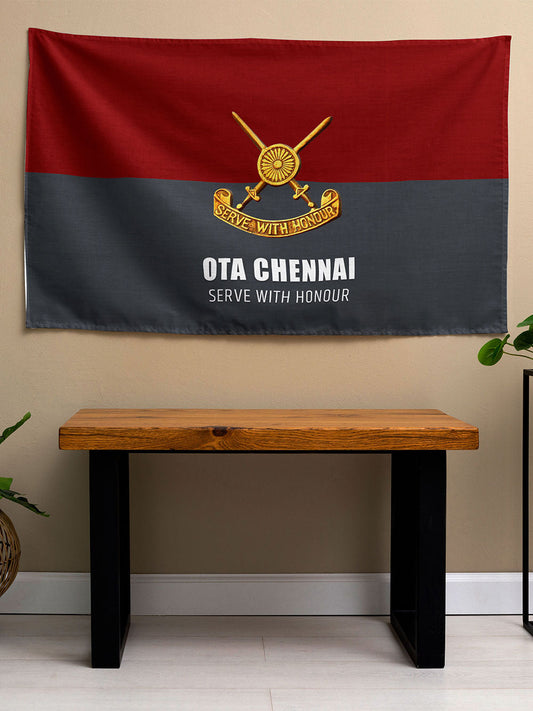
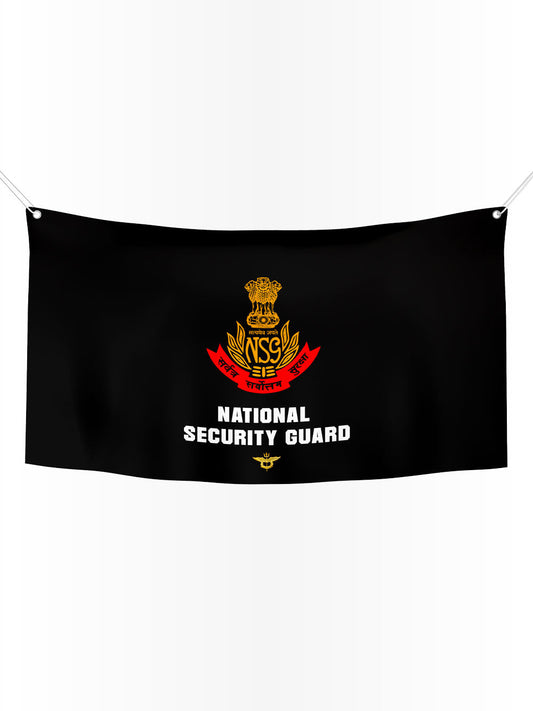
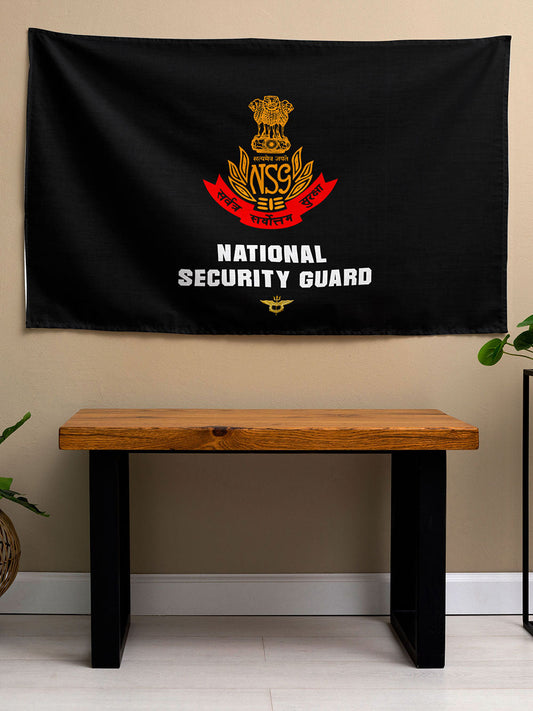

10 comments
😀..Indian SF are trained to operate under any Enviornment…-30 to +50..Rainforest or Tropical..Desert or coastal…I can assure you that the seals can’t survive even 2 days without satellite/tech based navigation drinking dirty muddy water ..our Para SF and Marcos can..Seals would require a special Bisleri water ..
I know from where and how the MARCOS started. It was 1971 That Indian Navy Clearance Diving personnel set out to train and establish the now Bangladesh diving attack teams. They sank over 450,000 tons of shipping and severely damaged port infrastructure. It was all extremely primitive, even the underwater limpet mines used were basic.
But it was the genesis, it was the beginning, we then moved on to sending our clearance divers to do the Army Commando training, I remember a Lt PD Upponi doing the course with several sailors.
This was all in the chariot complex, which as Tunir II was a sub unit of INS Tunir.
I was the proud Commanding officer of this unique facility, which grew and developed into full fledge establishment, and I was the Commissioning Commanding Officer.
INS Abhimanyu was commissioned on 1st May 1980.
Each year the scope of training grew and the foundation was set which over the years evolved into today’s MARCOS.
It’s an honour to be the first brick in the now established MARCOS Force.
My personal dream is to see this elite force develop and grow in strength to a 10,000 strong cadre. My dreams and visions have always come true.
Commander George Duke NM (G), Bar to NM & VSM
@Joe Lyon Both MARCOS and SEALS are the Naval special forces units of their respective countries, hence why they’re being compared. The article talks about both of their strengths and didn’t unfairly downplay either of them. You’d know if you bothered to read to it.
@Eric Castelino During 26/11, the MARCOS unit that was deployed managed to save over 150 civilians. Not only did they rescue several civilians before the NSG could mobilize, they also secured bags of ammunition and grenades that depleted the terrorists’ resources. It was their efforts in rescuing the civilians and securing the initial areas that helped to clear the way for the NSG. I think you forgot that a soldier’s duty isn’t just to kill people but to also save lives. Those 150 civilians that made out alive are proof that the MARCOS didn’t fail.
SEALs are from a different league. MARCOS are just learning to swim meaning trying to catch upto forces like US Navy Seals.